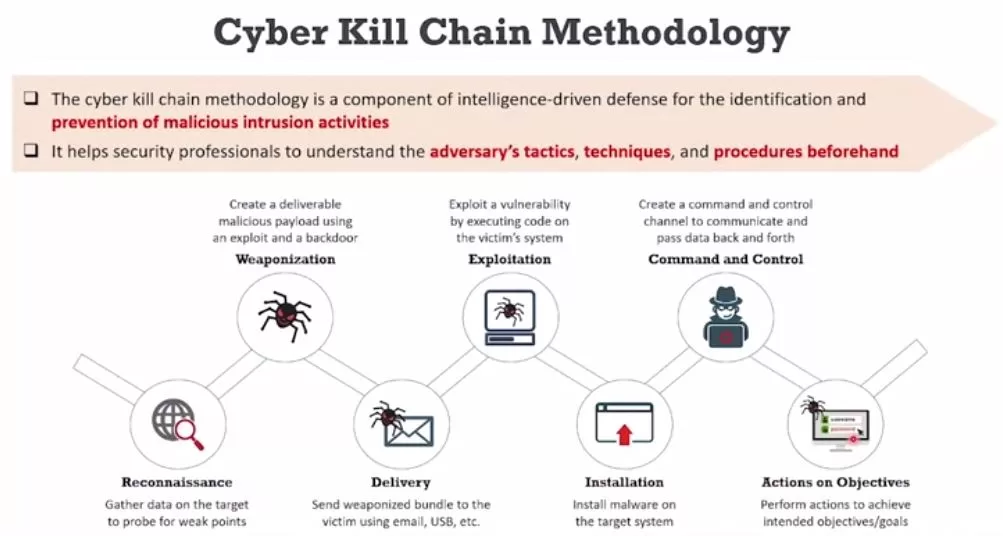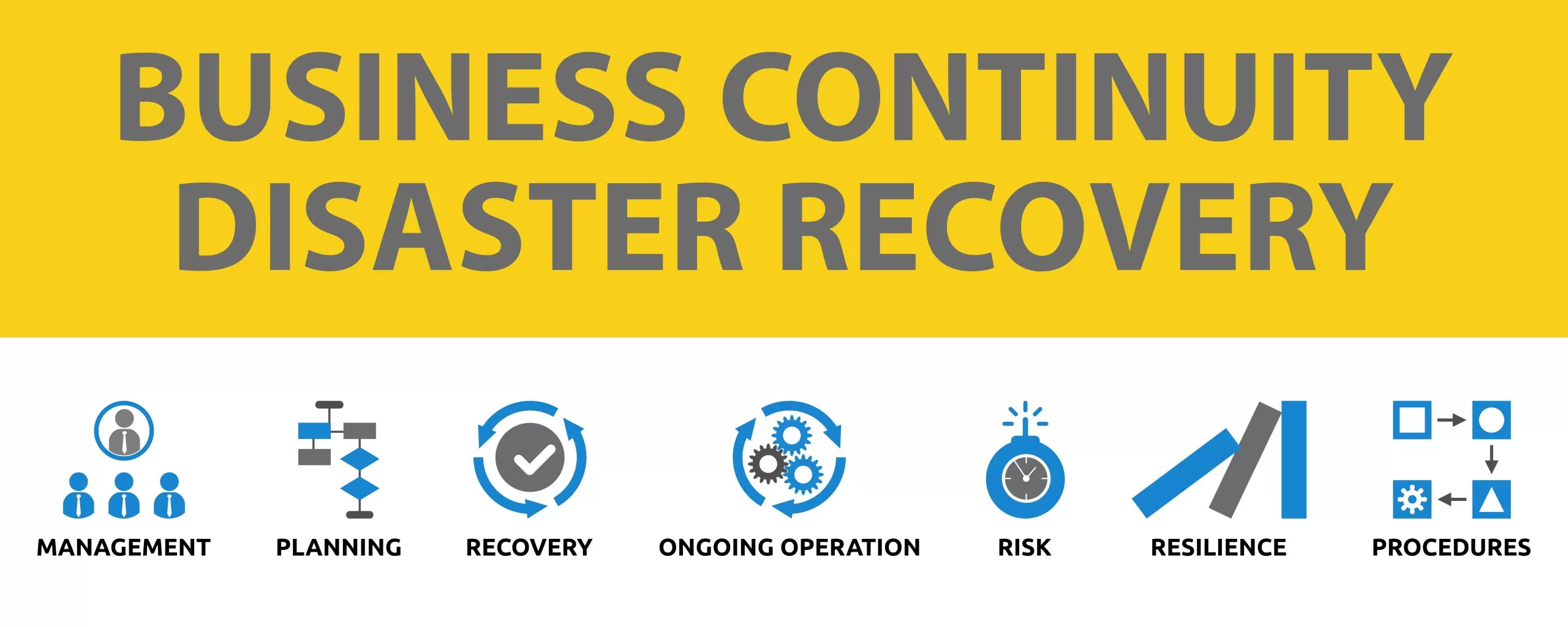Your customer might have specific corporate policies that need to be taken into consideration when performing a penetration test. In most cases, the customer will initially disclose in its corporate policy any items that might have a direct impact on the penetration testing engagement, but you should always ask and clearly document whether there are any. Some companies might also be under specific regulations that require them to create vulnerability and penetration testing policies. These regulations might specify restricted and nonrestricted systems and information on how a penetration test should be conducted according to a regulatory standard.
You should be aware of any local restrictions when you are hired to perform penetration testing. For instance, you may be traveling abroad to a different country where there may be specific country limitations and local laws that may restrict whether you can perform some tasks as a penetration tester. Penetration testing laws vary from country to country. Some penetration testers have been accused and even arrested for allegedly violating the Computer Fraud and Abuse Act of America Section 1030(a)(5)(B). You must always have clear documentation from your client (the entity that hired you) indicating that you have permission to perform the testing. Clearly, some of these limitations and considerations may have a direct impact to your contract and statement of work (SOW)
During your pre-engagement tasks, you should identify testing constraints, including tool restrictions. Often you will be constrained by certain aspects of the business and the technology in the organization that hired you (even outlining the tools that you can use or are not authorized to use during the penetration testing engagement).
In addition, the following are a few examples of constraints that you might face during a penetration testing engagement:
- Certain areas and technologies that cannot be tested due to operational limitations (For instance, you might not be able to launch specific SQL injection attacks, as doing so might corrupt a production database.)
- Technologies that might be specific for the organization being tested
- Limitation of skill sets
- Limitation of known exploits
- Systems that are categorized as out of scope because of the criticality or known performance problems
There are certain legal concepts while doing the pen test ,the following are several important legal concepts that you must know when performing a penetration test.
Service-level agreement (SLA)
An SLA is a well-documented expectation or constraint related to one or more of the minimum and/or maximum performance measures (such as quality, timeline/timeframe, and cost) of the penetration testing service. You should become familiar with any SLAs that the organization that hired you has provided to its customers.
Confidentiality
You must discuss and agree on the handling of confidential data. For example, if you are able to find passwords or other sensitive data, do you need to disclose all those passwords or all that sensitive data? Who will have access to the sensitive data? What will be the proper way to communicate and handle such data? Similarly, you must protect sensitive data and delete all records, per your agreement with your client. Your customer could have specific data retention policies that you might also have to be aware of. Every time you finish a penetration testing engagement, you should delete any records from your systems. You do not want your next customer to find sensitive information from another client in any system or communication.
Statement of work (SOW)
An SOW is a document that specifies the activities to be performed during a penetration testing engagement. It can be used to define some of the following elements:
- Project (penetration testing) timelines, including the report delivery schedule
- The scope of the work to be performed
- The location of the work (geographic location or network location)
- Special technical and nontechnical requirements
- Payment schedule
- Miscellaneous items that may not be part of the main negotiation but that need to be listed and tracked because they could pose problems during the overall engagement
The SOW can be a standalone document or can be part of a master service agreement (MSA).
Master service agreement (MSA)
MSAs, which are very popular today, are contracts that can be used to quickly negotiate the work to be performed. When a master agreement is in place, the same terms do not have to be renegotiated every time you perform work for a customer. MSAs are especially beneficial when you perform a penetration test, and you know that you will be rehired on a recurring basis to perform additional tests in other areas of the company or to verify that the security posture of the organization has been improved as a result of prior testing and remediation.
Non-disclosure agreement (NDA)
An NDA is a legal document and contract between you and an organization that has hired you as a penetration tester. An NDA specifies and defines confidential material, knowledge, and information that should not be disclosed and that should be kept confidential by both parties. NDAs can be classified as any of the following:
- Unilateral: With a unilateral NDA, only one party discloses certain information to the other party, and the information must be kept protected and not disclosed. For example, an organization that hires you should include in an NDA certain information that you should not disclose. Of course, all of your findings must be kept secret and should not be disclosed to any other organization or individual.
- Bilateral: A bilateral NDA is also referred to as a mutual, or two-way, NDA. In a bilateral NDA, both parties share sensitive information with each other, and this information should not be disclosed to any other entity.
- Multilateral: This type of NDA involves three or more parties, with at least one of the parties disclosing sensitive information that should not be disclosed to any entity outside the agreement. Multilateral NDAs are used in the event that an organization external to your customer (business partner, service provider, and so on) should also be engaged in the penetration testing engagement.
CONTRACTS
The contract is one of the most important documents in a pen testing engagement. It specifies the terms of the agreement and how you will get paid, and it provides clear documentation of the services that will be performed. A contract should be very specific, easy to understand, and without ambiguities. Any ambiguities will likely lead to customer dissatisfaction and friction. Legal advice (from a lawyer) is always recommended for any contract.
Your customer might also engage its legal department or an outside agency to review the contract. A customer might specify and demand that any information collected or analyzed during the penetration testing engagement cannot be made available outside the country where you performed the test. In addition, the customer might specify that you (as the penetration tester) cannot remove personally identifiable information (PII) that might be subject to specific laws or regulations without first committing to be bound by those laws and regulations or without the written authorization of the company. Your customer will also review the penetration testing contract or agreement to make sure it does not permit more risk than it is intended to resolve.
Another very important element of your contract and pre-engagement tasks is that you must obtain a signature from a proper signing authority for your contract. This includes written authorization for the work to be performed. If necessary, you should also have written authorization from any third-party provider or business partner. This would include, for example, Internet service providers, cloud service providers, or any other external entity that could be considered to be impacted by or related to the penetration test to be performed.
DISCLAIMERS
You might want to add disclaimers to your pre-engagement documentation, as well as in the final report. For example, you can specify that you conducted penetration testing on the applications and systems that existed as of a clearly stated date. Cybersecurity threats are always changing, and new vulnerabilities are discovered daily. No software, hardware, or technology is immune to security vulnerabilities, no matter how much security testing is conducted.
You should also specify that the penetration testing report is intended only to provide documentation and that your client will determine the best way to remediate any vulnerabilities. In addition, you should include a disclaimer that your penetration testing report cannot and does not protect against personal or business loss as a result of use of the applications or systems described therein.
Another standard disclaimer is that you (or your organizations) provide no warranties, representations, or legal certifications concerning the applications or systems that were or will be tested. A disclaimer might say that your penetration testing report does not represent or warrant that the application tested is suitable to the task and free of other vulnerabilities or functional defects aside from those reported. In addition, it is standard to include a disclaimer stating that such systems are fully compliant with any industry standards or fully compatible with any operating system, hardware, or other application.
Of course, these are general ideas and best practices. You might also hire a lawyer to help create and customize your contracts, as needed.




